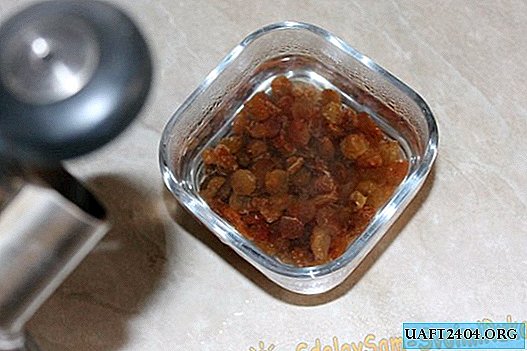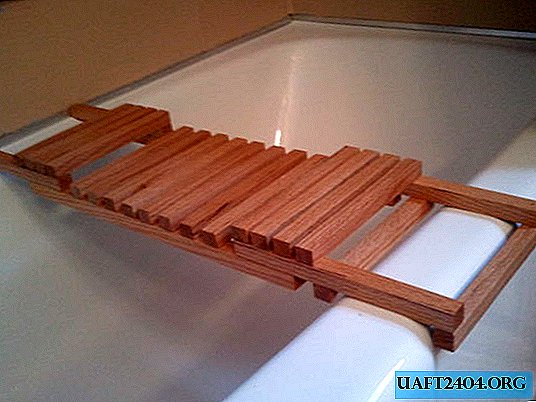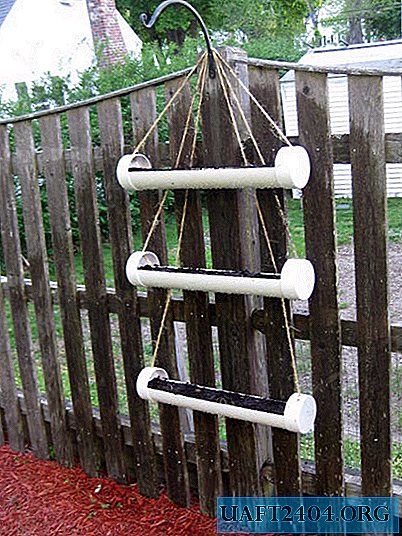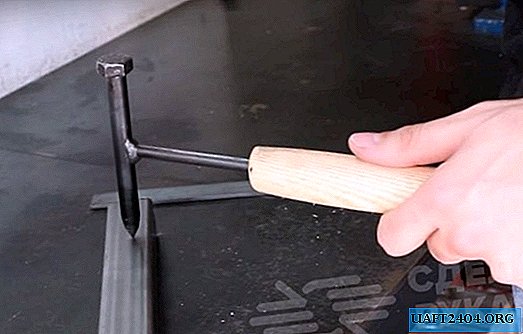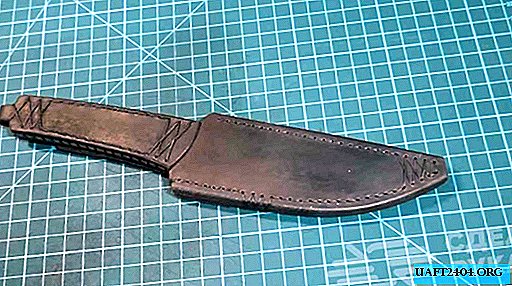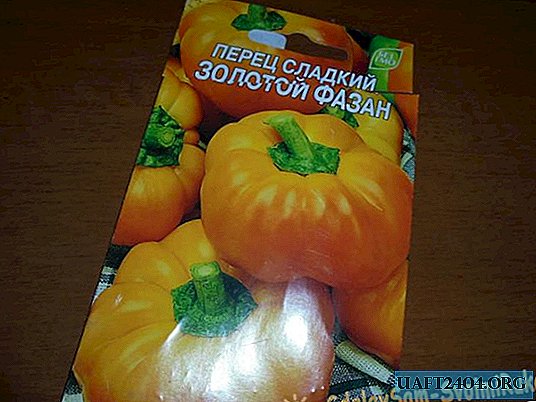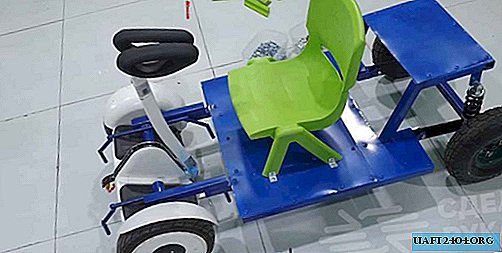Share
Pin
Tweet
Send
Share
Send
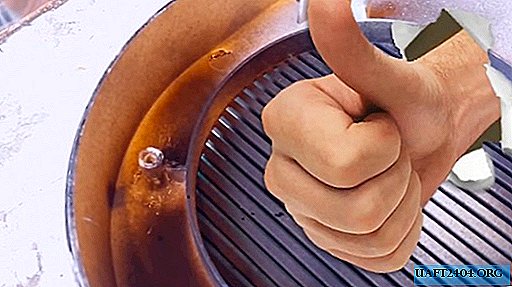
You will definitely take this trick into your arsenal if you did not know it before. It will be about how it is very safe to glue plastic or plastic parts with ordinary second glue using one small secret, which more than 10 times increases the strength of the connection of the two parts.
What is the trick?
So, the secret is that around the seam of the parts to be glued together, we will apply ordinary soda with superglue. The result is a sturdy thickening around the seam.
The fact is that the cyanoacrylates that make up the glue interact with soda. They interact, and are not an ordinary filler. When these two components are mixed, an instant reaction occurs and the most durable composition is obtained, with which it is possible to glue not only plastics, but also metals. A kind of cold welding. Second glue alone does not have half the strength, if used alone. Not surprisingly, everyone was doing poorly kept and falling apart. But with this technology, this will no longer be the case.
Will need
- Any super or second glue.
- Baking soda.
Glue plastic
Let's get started. My sleeve broke off into which a screw is screwed. And, accordingly, I will now restore all this.
In the beginning, everything is as usual. Lubricate the place with glue.

One and the second part.

Connect them.

Now soda comes into play. When the parts touched, excess glue was squeezed out, it should be abundantly sprinkled with soda.

After 5 seconds, the excess can be blown away.

Then we pour plenty of superglue around the crack and then again we fall asleep with soda.

We blow it again.

Repeat the process again.

Sprinkle liberally.

As a result, a strong influx has formed around the sleeve, which will hold everything securely.

Although everything hardened before our eyes, it is recommended to let it stand for about 24 hours before using the product.
Pros and cons of the method
Pros:
- Instant hardening. Even large drops harden immediately.
- A very durable monolith is the result.
- Glues almost any plastic.
- You can even seal holes and holes.
Minuses:
- Instant hardening can act as a negative factor, due to the fact that the composition cannot be poured into the center of the parts to be bonded.
- The reaction occurs with the release of heat, which in some cases can serve negatively.
- Unfortunately, such a composition can only be applied to the surface, but there are times when there is no way to get.
I especially recommend taking this recipe to the attention of motorists, since he himself has repeatedly glued dashboards and glass filters in this way. Holds tight!
Share
Pin
Tweet
Send
Share
Send

